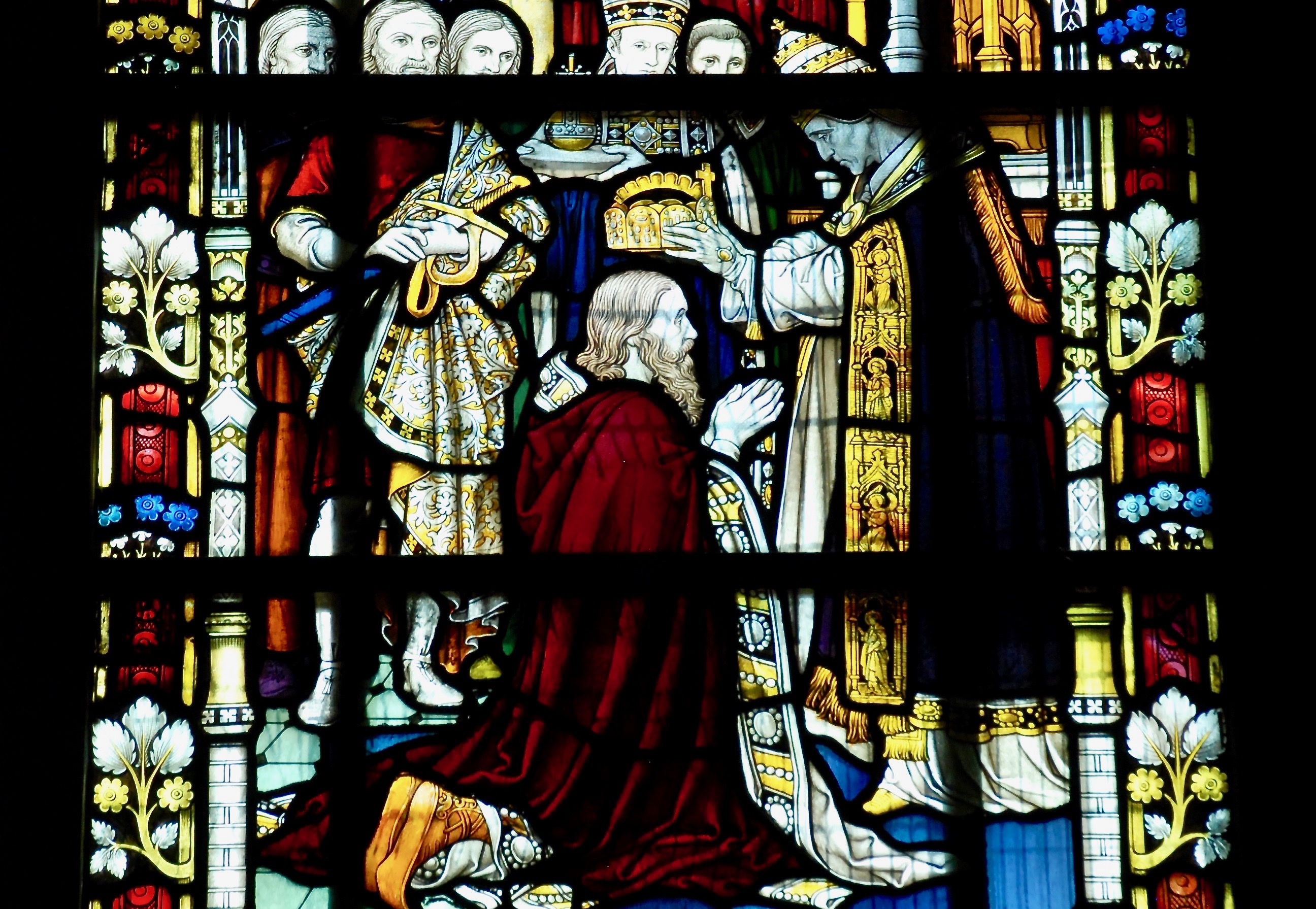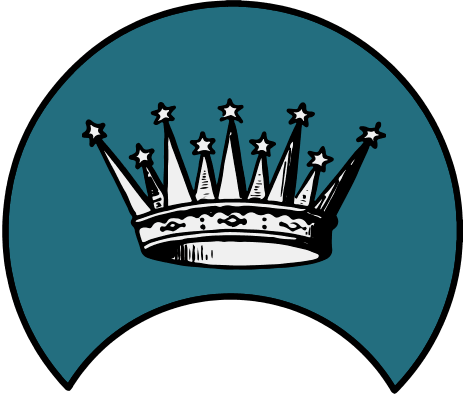Nebuchadnezzar III
One of the most divisive monarchs to have wormed his way into the annals of history, Nebuchadnezzar III’s reign was not only marred by murder and extreme violence, but also led to the downfall of the monarchic system in Castar, and the creation of the Republic of Castar.
Mental characteristics
Personal history
Born in 222S.E. Nebuchadnezzar was the youngest child of Ashur Ram II, and he was six years old when his father was crowned king of Castar. Having been born into a royal family, Nebuchadnezzar had a rather insular upbringing alongside his two siblings, his sister Shamiram and his brother Ashur Ram, both of whom were much older than him. Despite the gap in age, Nebuchadnezzar was incredibly close to his brother Ashur Ram, and he took to following him around, and learning from his example. The two could often be found sparring together, with weapons and fists, and although the action always looked incredibly intense, the two brothers were never trying to harm one another, but were simply revelling in the competition. Once Nebuchadnezzar came of age on his 16th birthday, the two of them expanded their activities into drinking, gambling and more unsavoury pastimes, though they were always careful to never step too far out of line. Nebuchadnezzar’s relationship with his sister, Shamiram, however, was much frostier. Shamiram was level headed and some would say serious, with an incredible skill for academics and learning. By the age of 15 she was trusted enough to take over the management of some of the Kingdom’s finances from her father, and showed promise in all the areas Nebuchadnezzar did not.
When Nebuchadnezzar was 23, with the territorial conflict with the peoples of the Övsnii Sea, under the leadership of Khojin Sharisar to the north intensifying, Ashur Ram was sent by his father to lead the forces of Castar into battle alongside their allies from the Union of Mishtoon. This responsibility fell to Ashur Ram because as Crown Prince he was expected to lead where his now elderly father could not. Nebuchadnezzar also accompanied the Castarian forces, though as the King’s youngest son and an inexperienced warrior, he was place in charge of the baggage train. In what would turn out to be a disastrous campaign, the joint forces of Castar and Mishtoon were led further and further into the expansive grassland of the Övsnii Sea, whilst their men became more and more weary, and their supply lines became dangerously overstretched. After 3 weeks of constant marching and barely seeing the enemy, Khojin Sharisar’s forces suddenly surrounded the joint force, and attacked. In what became known as the Battle of Ulaan-övs the forces of Castar and Mishtoon were slaughtered. As he was leading Castar’s baggage train, Nebuchadnezzar and his men were quickly overwhelmed, but Nebuchadnezzar was spared death himself as he was identified as a man of high status by his captors. Not only did Nebuchadnezzar have to watch the troops under his command be slain, but he also witnessed the death of his brother at the hands of Khojin Sharisar herself, as he was being brought into her presence. Again, Nebuchadnezzar was spared death, but he was sent back to Castar as a prisoner, with the head of his own brother tied in a sack around his neck, a warning from Khojin Sharisar to Ashur Ram II not to invade the Övsnii Sea again.
The loss of his army along with any future opportunities to secure land to the north of Castar, coupled with the death of his eldest son and humiliation of his youngest was too much for Ashur Ram II to take, and his health rapidly declined following Nebuchadnezzar’s return. As his health failed, Ashur Ram II relied more and more on his daughter Shamiram to support him and run matters of state, and in 246S.E., she was officially named as the Crown Princess. Nebuchadnezzar was beside himself with anger at this, even though he was the youngest child he had expected to be named as his father’s successor as Castar had always followed the line of male succession up until Ashur Ram II’s decision. Nevertheless, the old King stuck by his decision, and when he died in 247S.E. Shamiram was crowned as the first Queen of Castar. From there the cold relationship between the two siblings became truly artic. Shamiram was more concerned with bringing Castar back from the brink defeat to Khojin Sharisar had brought them economically, and repairing the wounds in international relations that her father’s attempted land grabbing had brought. Nebuchadnezzar on the other hand was much more concerned with getting revenge for his brother against the newly founded Kingdom of Sharisar, and was constantly trying to push for a renewed invasion. After two years of not getting his way, Nebuchadnezzar decided to take matters into his own hands. One night he ensured that guards loyal to himself alone were stationed to guard his sister’s bedchamber so that he could slip into her room whilst she slept and strangled her with his bare hands.
Nebuchadnezzar new that he had to act quickly, and 12 days after he had carried out Shamiram’s murder, he had himself crowned as Nebuchadnezzar III, King of Castar in 249S.E.. Shamiram’s death sent shockwaves through Castarian society, and the backlash against Nebuchadnezzar’s rule was almost instantaneous. Nebuchadnezzar’s reaction to the kingdom’s hostility towards him only intensified the situation, as he began destroying the well-received reforms his sister had brought in, began ploughing nearly all of the resources of the state into rebuilding the army, purely to re-invade the Kingdom of Sharisar, and quashing any signs of revolt with brute force. Despite the vicious punishments and reprisals he inflicted on those who opposed him, outrage at the way he had come to power and his actions quickly boiled over into outright rebellion. Soon Nebuchadnezzar found that he was having to use the army he was building to get revenge on Castar’s external enemies to fight his internal ones. Nebuchadnezzar’s campaign against the revolutionaries quickly turned sour. The troops he had hurriedly raised were poorly trained, poorly led and had terrible morale. They began deserting in their droves, and faced with continuous sustained attack by the much more organised Revolutionary Army, Nebuchadnezzar soon found himself in full retreat. Having been unable to keep hold of his capital at Hajjalla, Nebuchadnezzar was forced to retreat with his forces to Burrakish in the heart of the country to try to regroup. Here, pinned against the shores of Lake Aktesi, Nebuchadnezzar was forced into making a final stand to save himself and his dynasty from destruction. Almost everything was against Nebuchadnezzar that day, with his army crumbling within twenty minutes of the Revolutionary Army’s attack. In a desperate attempt to save his own life, Nebuchadnezzar tried to flee in his chariot, but was caught by Revolutionary Cavalry. Rather than suffer capture and what he thought would be a humiliating execution, Nebuchadnezzar cut his own throat. With his death, the monarchy of Castar collapsed and a new age began with the establishment of the now thriving Republic of Castar. In a last act of respect for the potential that the monarchy had once had, Queen Shamiram’s body was exhumed from her pauper’s grave and given a state burial by the first Protector of the Republic, Ador Palasar.
Nebuchadnezzar’s body was dumped in Lake Aktesi, and his memory cursed.
Gender Identity
Male





Comments